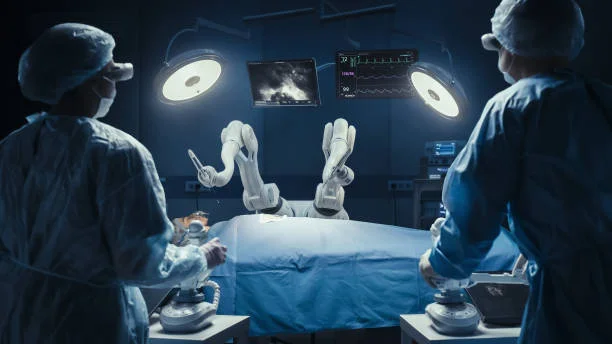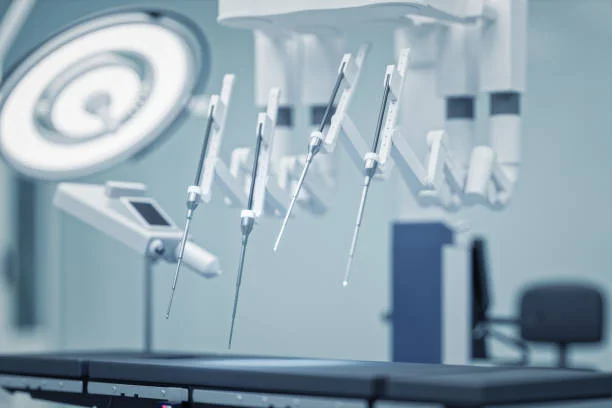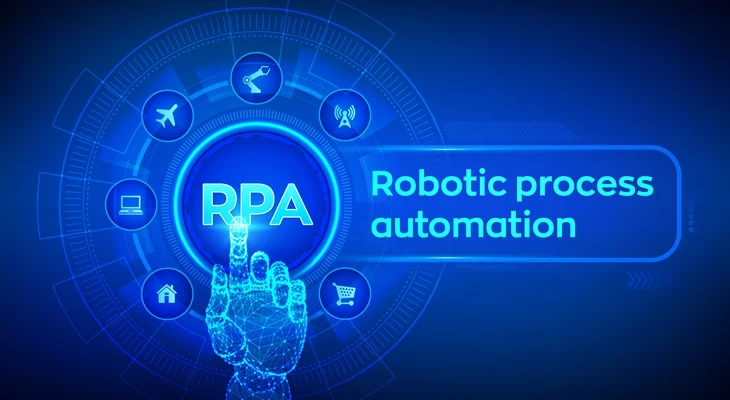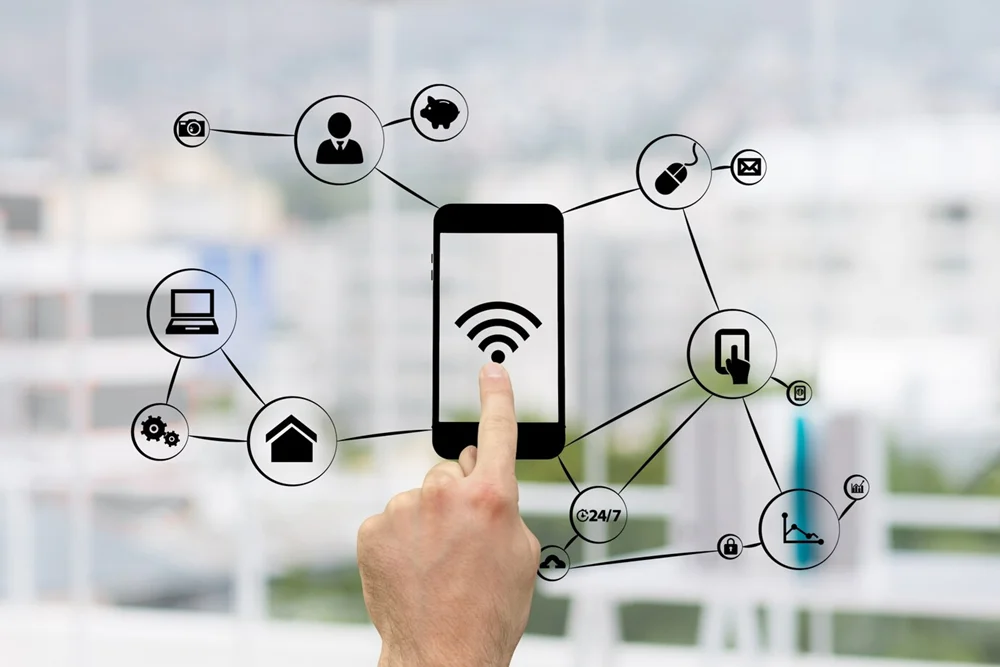Technology has inevitably impacted the healthcare sector, with effective communication to tracking records, enhanced patient care to healthcare software, and telehealth to medical robotics. In this blog, we shall chiefly discuss the impact of robotics in healthcare departments, alongside explaining its advantages and drawbacks.
What is Robotics in Healthcare?
People's clinical needs are increasing, contributing to gradual transformation in the healthcare domain. The utilization of robots for medical purposes has become a prominent practice. Following its high usage, advancements have continuously been made to boost the user experience, whether they are health professionals or medical service-seeking patients.
The causes for such Intensive utilization are many, including establishing effective communication, streamlining medical activities, saving time, creating a positive environment, and others.
How Are Robots Used in the Healthcare Industry?
The usage of robotics in healthcare can be observed on many occasions. The foremost practice includes surgical assistance robots. Its basic responsibility is to assist and support surgeons in performing complicated tasks in the OT. For this purpose, such robots employ artificial intelligence (AI) and three-dimensional cameras while offering surgical training.
Modular robots are another example of leveraging robotics for clinical intent. Its chief aim is to assist in the rehabilitation efforts of the patients. Service robots are another use of robotics in healthcare that minimizes the workloads of medical professionals with regular logistical activities and reporting the same.
These medical robots made clinical procedures easier, faster, and more efficient. da Vinci Surgical System, Tug, Sam, Exoskeleton, etc., are some renowned robots that have been the flag bearers of robotic transformation in the healthcare sector.
What Is the Future of Robotics in Healthcare?
Considering the extensive shift toward using robots for medical purposes, it can be assumed that there is a positive scope for boosted implementation of such technologies for convenient healthcare facilities in the upcoming years. Nevertheless, there are many drawbacks to healthcare robotics. Below are a few pros and cons of utilizing robotics in healthcare.
Pros of Robotics in Healthcare:
Simplified Healthcare Workflow: Automation is one of the benefits of robotics in healthcare that assists in processing routine medical tasks; healthcare robots streamline clinical workflow. Such a method automates the activities that humans do manually, consuming much time. Managing data and reporting activities is easier with healthcare robots. It further saves time and effort.
Risk-free and efficient treatment: Robots are less prone to make errors than humans in a medical setup, especially in repetitive tasks. Robots are more likely to offer risk-free and high-quality treatment by completing demanding activities without mistakes.
Personalized Treatment with Strong Communication: Communication is a major component of high-quality healthcare services, and many patients fail to interact with their medical professionals. This ultimately leads to ineffective treatment. Robots assist in establishing strong communication between doctors and their patients and further help in offering individual-centric or personalized services.
Cons of Robotics in Healthcare:
Machinery Malfunction: Mechanical failure is a big concern of healthcare robotics. As machines, robots can stop working or get stuck during surgeries and other sensitive clinical tasks. Such incidents can result in unwanted circumstances. So, employing robots for medical purposes can be risky at times.
High Costs: Healthcare is anyway costly. Additionally, establishing a robotics-enabled infrastructure can cost medical organizations highly alongside individuals who want to attain such facilities.
Limited Skilled Professionals: Employing robotics requires a fully skilled workforce with maximum knowledge about processing, guiding, and bringing out the best medical outcomes using such technology. As medical robots are still in the development phase, thorough training on them is still not in practice. Hence, providing proper training to the professionals can be challenging.
Less Trust: Healthcare is a sensitive process for any individual. On this occasion, trust is a mandatory element patients should have in the services and professionals chosen for their treatment. Due to the risks related to healthcare robots, people worldwide have less trust in them. This is a huge challenge to the appropriate adoption of robotics in healthcare.
Summing Up!
Though clinical robots can be extensively beneficial for healthcare professionals, they possess certain drawbacks, like the risk of malfunction. With gradual research and development, such challenges can be addres
sed. However, it is also essential to understand whether the global audience is ready for healthcare robotics. For this purpose, continuous training in robotics in healthcare for medical workers is compulsory. Read our other blogs to boost your knowledge of the latest market trends.






